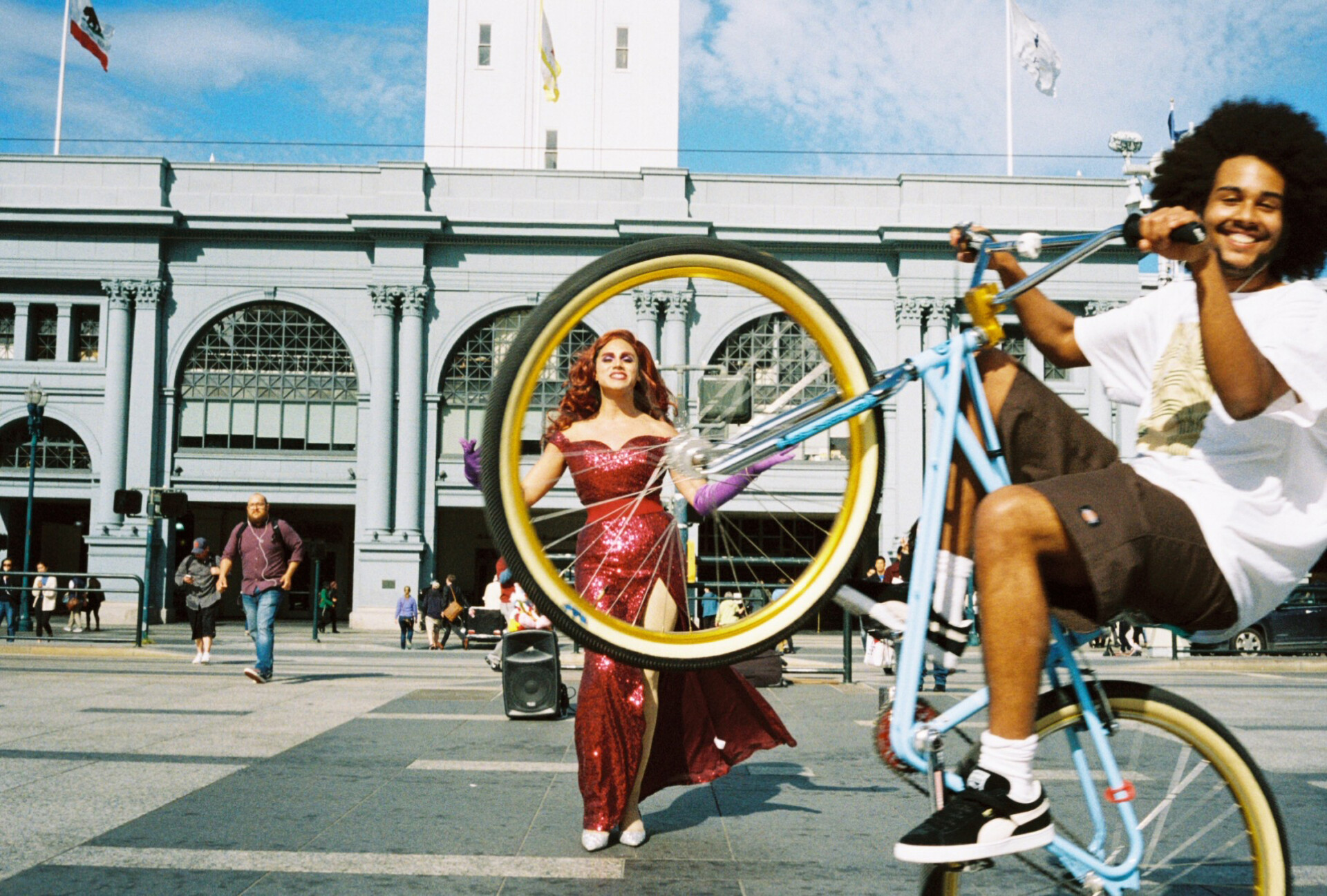Jonathan Paragas is a Bay Area street photographer. His Youtube Channel, kingjvpes, focuses on the artistry and technique behind film photography. I sat down with Jonathan in Benicia, CA to discuss street photography, his relationship to the Bay Area, and his mission to keep film alive. Below is an edited excerpt from our conversation.
1. How were you introduced to street photography?
I started with photography in high school. I shot mostly digital and I would take pictures of friends. I ventured into film when I started watching some YouTube videos and saw some skater who shot with a Minolta. I picked one of those cameras up, and from then on, I continued to do portraits but more on film. It wasn’t until late 2016 when I decided to take things more seriously. After that, I got into street photography, and that has just taken over my life. Everywhere I go I got the camera with me.
2. When did you start noticing your inclination towards street photography?
My inclination towards street photography started out with me just going out to take photos. A lot of the time, I was testing cameras because I was still getting into film and I wanted to know what film and camera combos look good together. I would just take photos of random things and people. I started doing that, going online and doing research, and I realized I was very attracted to this genre called “street photography,” where you can photograph anything and make it your own. It was that idea of making it your own and putting your own personal twist on it that really interested me.
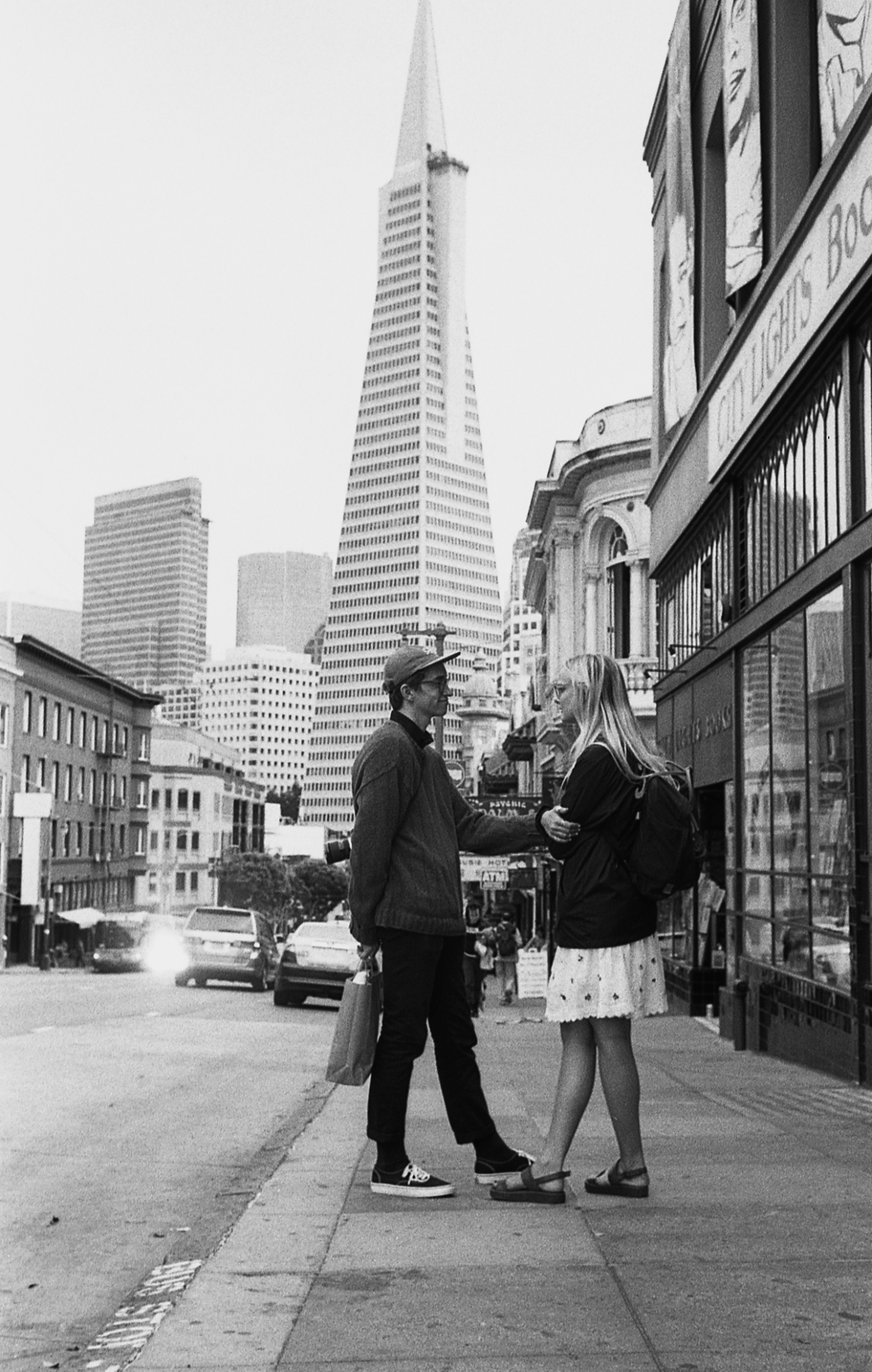
3. You say that your love for analog photography is fueled by your passion for street photography. Can you talk more about how the two go hand-in-hand?
Well, film is my medium of choice, and I do feel that film greatly affects the way I approach street photography. If you compare the two, shooting street photography on film and shooting street photography on digital, the limitations that film gives you are going to affect the way you photograph. With digital, you start to keep track of every little aspect of what you’re photographing. The complication of looking at the photo after you take it is that you’re not in the moment anymore. Whereas on film, there’s nothing to really look at once you take the photograph. You have to wait. Just from personal experience, when I take photographs with a digital camera, 90 percent of the time I’m looking at the screen as opposed to actually being in the moment and actually photographing. It’s almost like being on your phone.
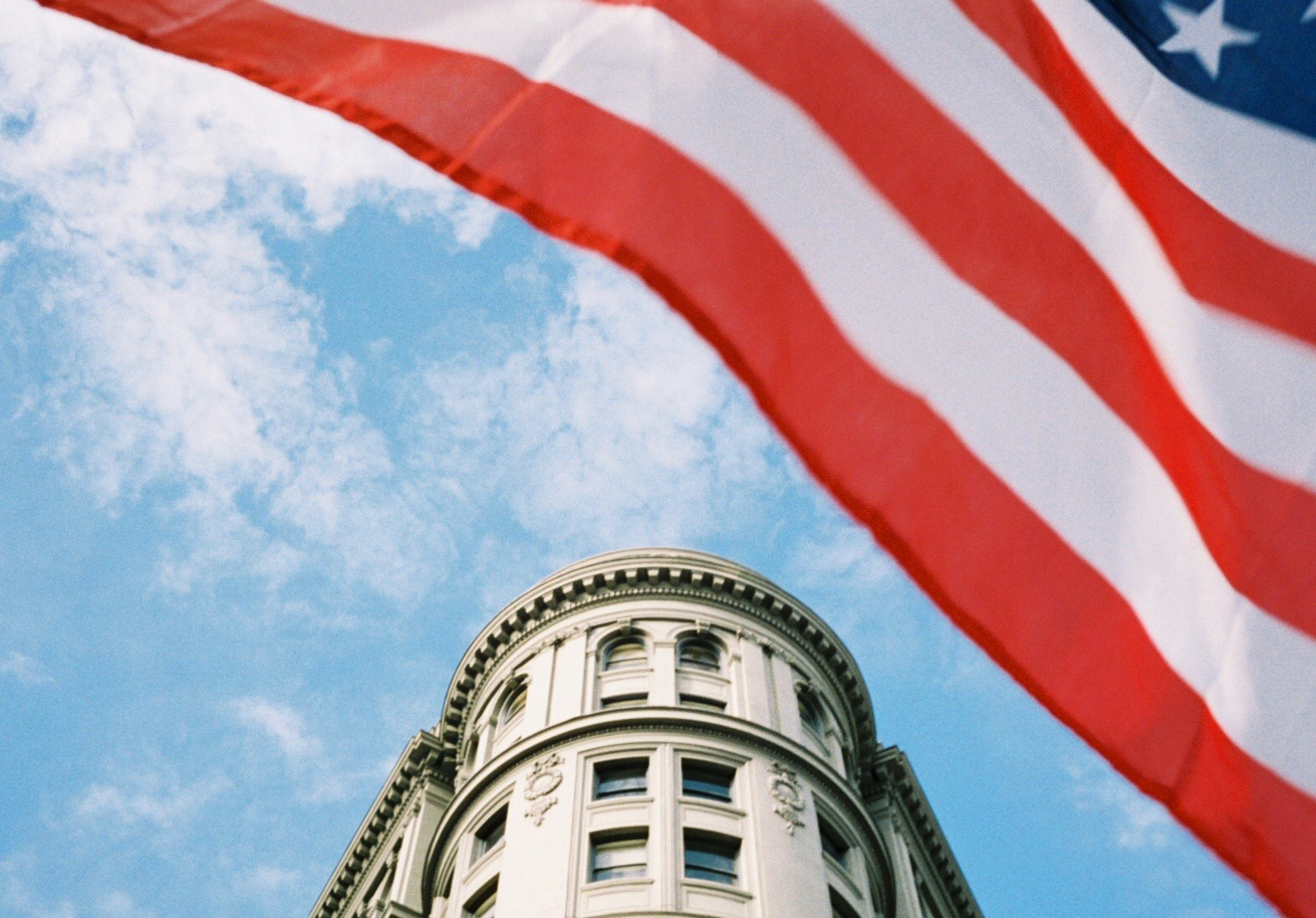
Have you seen that photograph that I took of the lady in red in the bike? I had almost no idea that photo was going to come out. I remember I was shooting Sunny 16 film, F-16, one five-hundredths of a second. It was a super sunny day and I saw the lady in red right in front of the Ferry Building in San Francisco. My initial idea was, okay, let’s just go take a photo of this lady. I was having a really bad day. I couldn’t make any photographs that I was actually feeling good about, and of course, being on film, you have to pay attention to all of the technical details because you don’t see the photo right away. So, I framed the camera, and as I was pulling the camera to my face, there’s a blur coming out of the corner of my eye. I thought nothing of it, and after I pulled the camera off, I realized it was a dude on a bike. I thought he completely ruined the photo. I was like, okay, that’s kind of disappointing, but it’s fine. I just followed up with two or three more shots, and it wasn’t until I got home and got the scans back that I realized that’s probably the most important photo that I’ve ever taken and I had no influence on it. It kind of just happened in front of me.
4. You’re from Vallejo. How has photography changed your interpretation of the place you grew up?
It made me realize that I’ve only really seen about 10 percent of the entire area that I’ve lived in. When you’re growing up, you kind of make note of landmarks. This is the store, this is the park, this was my elementary school, this is my high school. If you’re not always outgoing, you don’t really see the rest of it. With photography I realized there’s so much out there to photograph. Especially in cities that are smaller, you have to work ten times harder to get a photograph that somebody hasn’t taken. That kind of drive pushes you into going to new places and experiencing new things. We have a waterfall down that way, Green Valley Falls, and I had no idea. Where was this ten years ago, you know? Photography is great in that sense. You find new, interesting perspectives on places that you already know.
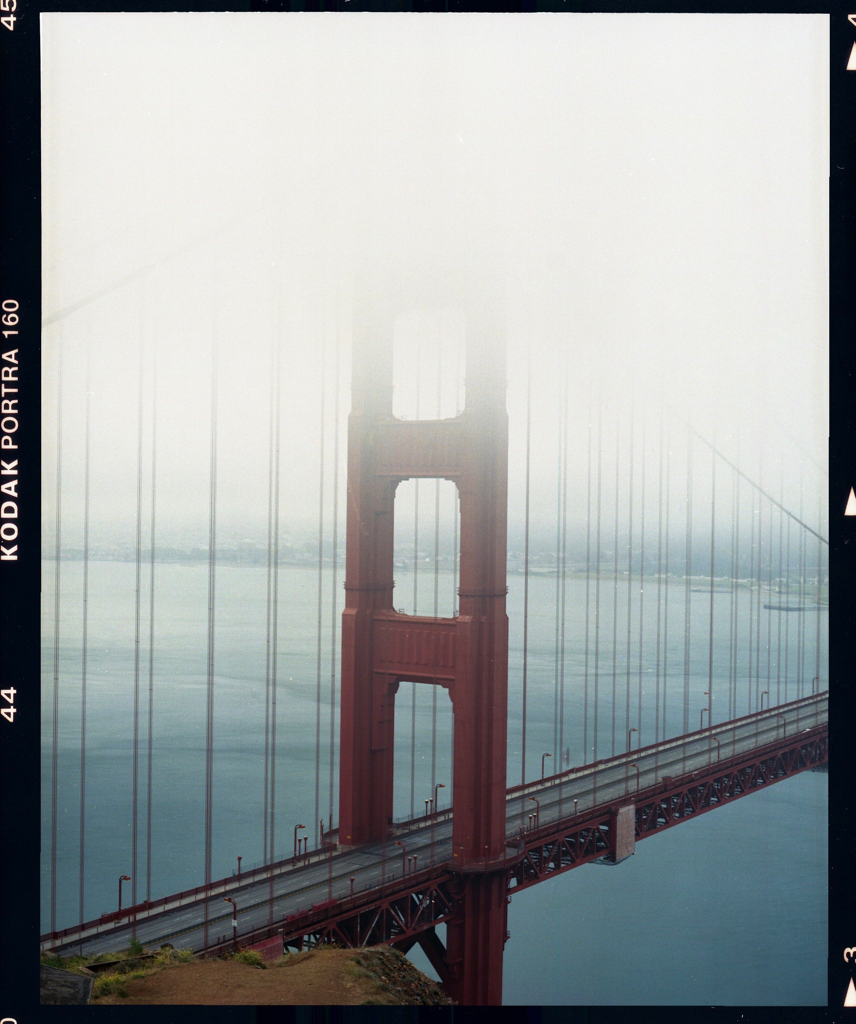
5. Where do you like to photograph in San Francisco?
Market Street is definitely one of the places. It’s a very busy area because you got tons and tons of business out there and Westfield mall. I will walk up and down to the Ferry Building. I like to stroll through Chinatown. Chinatown is always one of those places that’s just packed. There’s always something to photograph. I usually put myself in high-traffic situations purposely because of the population density. When there’s more people around, especially in a city like San Francisco, and you’re seen with a camera, it’s just normal. People feel more at ease with cameras. High-traffic situations just make street photography a lot easier.
6. You recently published a zine based on San Francisco crosswalks. Why did you choose those aspects of the city?
I always find myself photographing at crosswalks. Crosswalks are a great source for leading lines, so it’s naturally an element of composition that will draw attention to the subject. It’s putting myself in high-traffic situations, when you put yourself in that sea of people walking across the street. It’s a transition from one side to the other. Some people are reaching into bags. Some people are eating ice cream. There might be kids running around with balloons in their arms. It’s always a source of traffic and action and when you combine those two things, it’s kind of what makes up my style for shooting. I like to be on the fly, and I like those high-traffic areas. So crosswalks were where I found myself naturally.
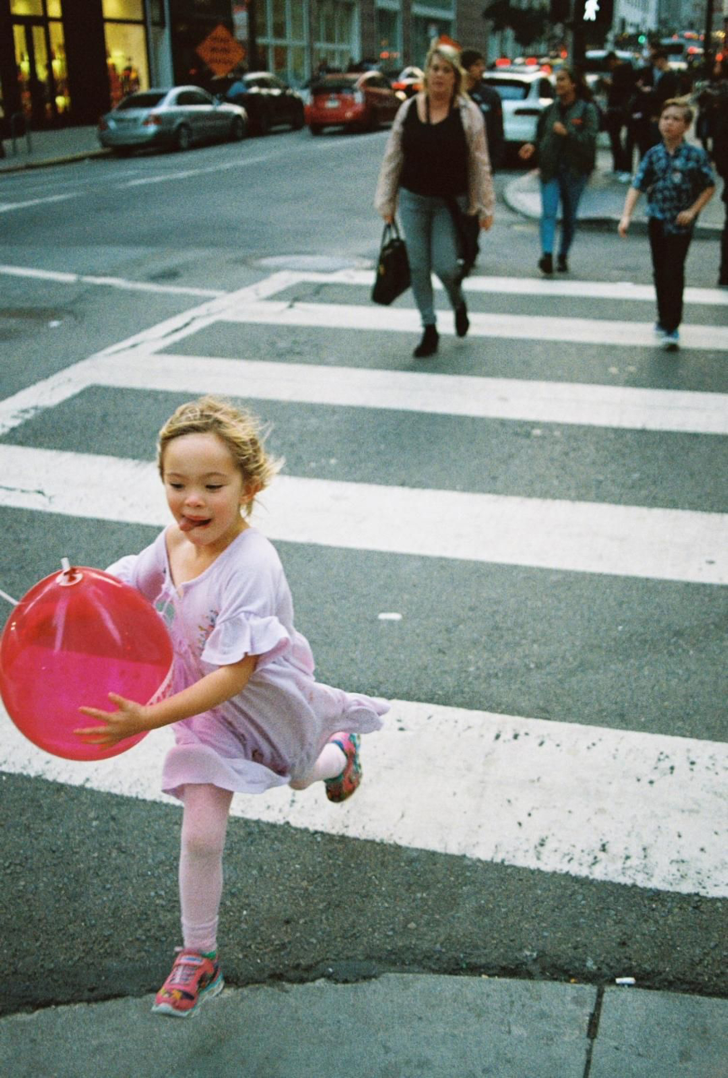
7. What are some challenges of living as an artist in this area?
Living in this area, I feel that there’s more things to be happy than to feel challenged about. Since there are so many photographers, it’s really easy to just go, “Hey man, you want to go shoot today? Let’s go.” In these interactions, you learn new things. I wouldn’t be the photographer that I am right now if it wasn’t for all the connections that I’ve made or the people that have taught me.
8. Do you have any places in the San Francisco Bay Area that you feel are underrated?
Walnut Creek. Weird to say, but some of my favorite photos I’ve taken have been in Walnut Creek. There are also locations that are still touristy but they’re not as populated, like Battery Spencer, and Point Bonita. I always try to tell myself it doesn’t really matter where you photograph. It matters how you view the scene and that you make something of it. Street photography is basically just improvisation and being resourceful. That’s why I like it, you know? You don’t need any lights; you don’t need anything special, except your camera, your film, your lens, your eyes, and a way to get around. ♦
Nestor Aquino emigrated from El Salvador at the age of five. His website, Middle of Perspective, features transcripts of his interviews with local Bay Area photographers. He currently resides in Berkeley, CA. His hobbies include photography, cinematography, and sandwiches.


